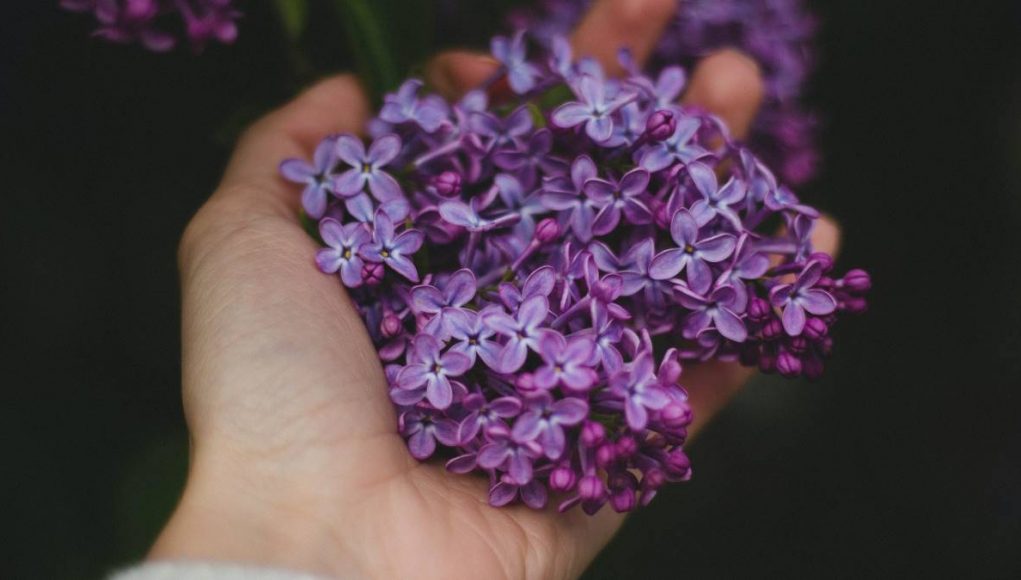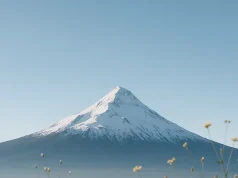The United States has plenty of biomes and climates that allow multiple different flowers and plants to grow. In Arizona, you’ll find the saguaro cactus blossom, an incredible white bloom that grows on a cactus, but in New York, you’ll notice roses blossom around the metropolis. Let’s look at some other state flowers you’ll find throughout America.
Tundra Biome
The tundra biome found in Colorado, but mostly in Alaska, is home to plenty of flowers despite how cold and barren the ground is. However, the variety of flowers are limited in comparison to other biomes. You’ll mostly find small bushes and shrubbery that don’t flower in northern Alaska, but if you venture south, you can see the Siberian phlox and a few others.
If you live in this biome, you’ll find it more challenging to pick flowers in the winter. If you’re searching for beautiful flower arrangements, you can purchase a full bouquet online, or you can buy a few filler flowers that will boost your Alaskan wildflower bouquet.
Desert Biome
Similar to the Tundra, few flowers grow. Instead of the cold being the reason for little foliage, the intense heat and little water are to blame. With that said, plenty of flowers will grow on cactuses throughout California, Nevada, and Arizona. The flowers that sprout in the sand are some of the hardiest and adaptable flora in the United States.
The apache plume, California poppy, chuparosa, desert dandelion, golden suncup, devil’s claw, canaigre dock, and the desert marigold are beautiful bright flowers that seem to grow in the barren wasteland of the desert.
Grassland Biome
The grassland biome is the largest biome in the United States and runs through the entirety of North and South Dakota, Nebraska, Kansas, and Oklahoma but has sizable parts in 10 other states. Grasslands have moderate rainfall, temperate climates, and a composition of grasses, shrubs, and herbs. This biome encompasses the vast majority of farmland.
Plenty of flowers bloom in this biome; far too many to name. The wild prairie rose, American pasque flower, goldenrod, and sego lily are among the most popular flowers in these states. It won’t be difficult for you to come across plenty of wildflowers on a daily walk.
Rainforest Biome
Belonging to only one US state, the rainforest biome belongs entirely to Hawaii. Rainforests have no dry seasons, with an average precipitation of at least 60 mm per month. The climate is humid and incredibly hot. Rainforests exhibit high levels of biodiversity, with around 40-75% of all biotic species indigenous to the rainforest, so expect a lot of interesting flora!
Hawaiian flowers are characterized by their bright and beautiful colors and their demanding and sensitive growing cycle. You’ll find anthuriums, birds of paradise, Hawaiian gardenias, pikakes, blue ginger, Hawaiian hibiscus, and the plumeria, among others.
Deciduous Forest Biome
Deciduous forests represent a large portion of the United States and are the second-largest biodome with 26 states encompassing this ecosystem. The majority of trees and foliage are in this biome, with all of them experiencing a life and death cycle. You’ll find most perennials and hibernating or migrating animals in this biome.
Similar to the grassland biome, there are way too many flower species to name. Besides plenty of trees, you’ll find flora such as the common primrose, Spanish bluebell, lady fern, violets, trilliums, purple clematis, and a host of other beautiful flowers.
Coniferous Forest
Coniferous forests make up a small part of the northern mainland US and half of Alaska. They are found in places with cold winters and warm summer and vary in plantlife. Coniferous forests have mild winters and heavy rainfall but aren’t incredibly hot or humid in comparison to rainforests. Pine forests are widespread because they can withstand both climates.
You will find lupine, Siberian phlox, elegant paintbrush, the Alaska dwarf primrose, dwarf dogwood, wild sweet peas, and more. You’ll mostly find low to the ground bushes and large trees untouched for centuries.






